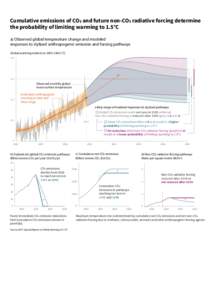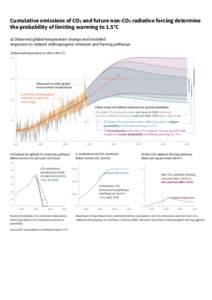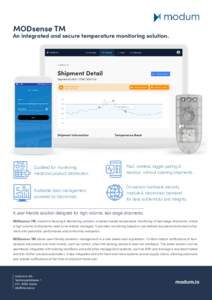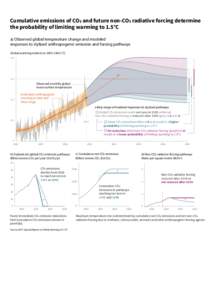<--- Back to Details
| First Page | Document Content | |
|---|---|---|
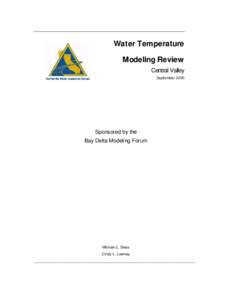 Date: 2003-07-01 12:57:53Central Valley Project Environmental science Hydraulic engineering Environmental engineering Physical geography New Melones Dam Temperature Keswick Dam Reservoir San Joaquin River Petroleum reservoir Water pollution |
Add to Reading List |
 Water Temperature Modeling Review Central Valley SeptemberSponsored by the
Water Temperature Modeling Review Central Valley SeptemberSponsored by the